calsfoundation@cals.org
Vandervoort (Polk County)
| Longitude and Latitude: | 34°22’53″N 094°21’56″W |
| Elevation: | 1,079 feet |
| Area: | 0.29 square miles (2020 Census) |
| Population: | 115 (2020 Census) |
| Incorporation Date: | 1896 |
Historical Population as per the U.S. Census:
|
1810 |
1820 |
1830 |
1840 |
1850 |
1860 |
1870 |
1880 |
1890 |
1900 |
|
– |
– |
– |
– |
– |
– |
– |
– |
– |
– |
|
1910 |
1920 |
1930 |
1940 |
1950 |
1960 |
1970 |
1980 |
1990 |
2000 |
|
– |
– |
– |
– |
– |
– |
108 |
98 |
111 |
120 |
|
2010 |
2020 |
|
|
|
|
|
|
|
|
|
87 |
115 |
Vandervoort was a key stop for the Kansas City, Pittsburg, and Gulf Railroad (later the Kansas City Southern). Francis Marion Cecil, with his wife Rhoda Lebow Cecil and thirteen children, owned and farmed the land in southern Polk County where Vandervoort now stands. When the town site was first laid out, it was known as Janssen, taking its name from the maiden name of Jan DeGeoijen’s wife. Jan DeGeoijen was a Dutch coffee merchant who was involved in financing the construction of the railroad.
There was another town in Arkansas called Jansen, however, and mail between the two towns was constantly being mixed up. In 1907, the town’s name was changed to Vandervoort in honor of the mother of Jan DeGeoijen. (Vandervoort was DeGeoijen’s mother’s maiden name.) Arthur Stilwell, founder and builder of the railroad, named towns along the line after investors, co-workers, himself, and family members.
Stilwell and his crew purposely missed established towns while laying out the railroad, as their money came from land speculation, not rail traffic. For this reason, and because Vandervoort had a naturally marshy area adjacent to the planned route, the railroad built a large pond with a spillway, to be used by the steam trains. Vandervoort was also a good half-way point for the trains to take on water. Through service between Kansas City, Missouri, and Port Arthur, Texas, began after the last spike was driven near Beaumont, Texas, on September 11, 1897.
For a time in the early 1900s, Vandervoort had more than 550 people, and there were eight general stores, four hotels, a bank, doctors, drug stores, saloons, livery stables, planing mills, a cotton gin, blacksmiths’ shops, a telephone office, and an office of the justice of the peace. Cotton was the cash crop for many people, and there was also timber work and sawmilling. The main street of Vandervoort in the early days was Old Line Road, which, in 1923, became the Jefferson Highway. In 1941, Highway 71 was built, bypassing Vandervoort and going directly from the nearby town of Cove (Polk County) south to the town of Hatton (Polk County). Since then, the town of Vandervoort has steadily declined, and the population was down to 87 in 2010.
Leni Wignall Affholter taught the first subscription school classes in 1895, which were held in the upper story of the Pine Knot Hotel. The community organized the first public school in a frame building in 1896, with W. G. Fail as the first teacher. In 1931, the old frame school building was replaced by a stone building that was built with rocks from the Cossatot River. Kittie L. Hughes was in the first graduating class in 1933, and she went on to teach forty-five years, the last twenty-eight of them at the Vandervoort School. Van-Cove Public Schools was formed in 1949 when Vandervoort and Cove consolidated. In the 2005-2006 school year, 409 students were enrolled in the school at Vandervoort.
Vandervoort has three churches: Methodist, First Baptist, and Gospel Lighthouse Pentecostal Church of God. The Methodist church was in use for more than 100 years, but since 2000, it has been used only for weddings and funerals.
Today, State Highway 246 passes through Vandervoort and is a major artery for tourists who wish to visit Cossatot River State Park Natural Area, located eight miles east of town. Two nature trails begin at the Cossatot River Bridge area.
Timber remains a major industry in the Vandervoort area. Vandervoort is home to the Watkins Trucking business, a post office, a restaurant, and a city hall/rural volunteer fire department. In the surrounding area, many families still operate chicken, hog, and cattle farms. There are numerous retired people. Every Fourth of July for more than 100 years, Vandervoort has had a three-day picnic on the grounds donated to the town by Francis Cecil in 1935. People come from miles around to visit, watch the games, dance, and see the fireworks.
For additional information:
Toon, Leon, and Troy Williams, eds. Polk County History Book. Dallas: Curtis Media, Inc., 1988.
Janice Kelley
Vandervoort, Arkansas
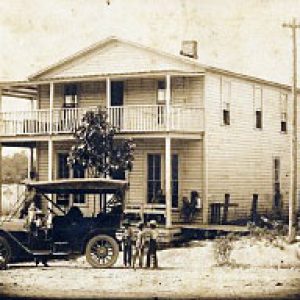 Pipes Hotel
Pipes Hotel  Polk County Map
Polk County Map 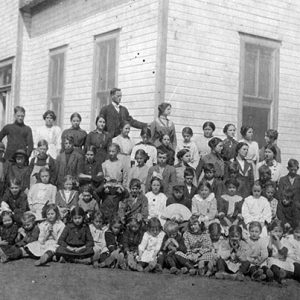 Vandervoort School
Vandervoort School 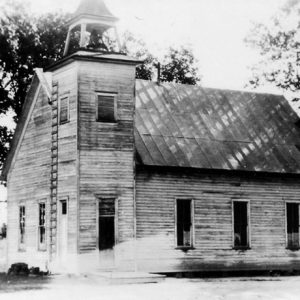 Vandervoort Methodist Church
Vandervoort Methodist Church 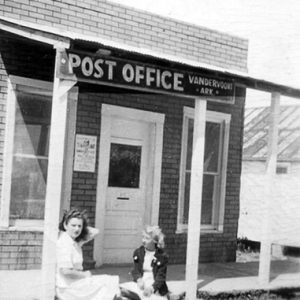 Vandervoort Post Office
Vandervoort Post Office 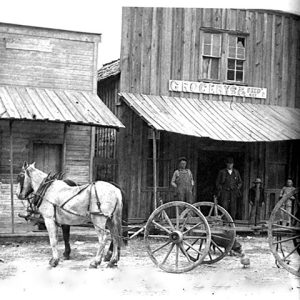 Vandervoort Grocery
Vandervoort Grocery 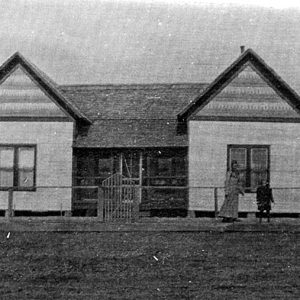 Vandervoort School
Vandervoort School 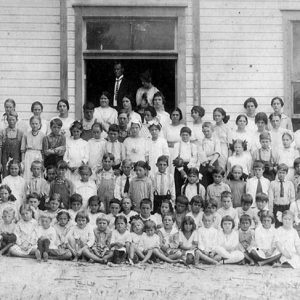 Vandervoort School
Vandervoort School  Vandervoort Spillway
Vandervoort Spillway 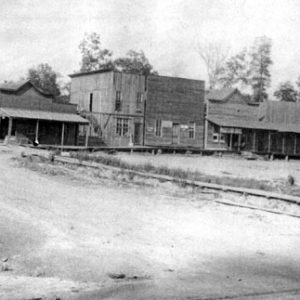 Vandervoort Street Scene
Vandervoort Street Scene 




Vandervoort was first named Cubanola. Then the name changed to Janssen before becoming Vandervoort. This was told to me by a man born and raised there. He said that Cubanola was the name before he was born.